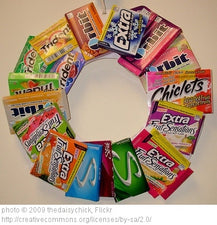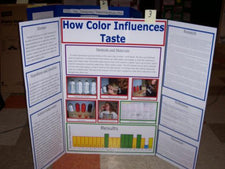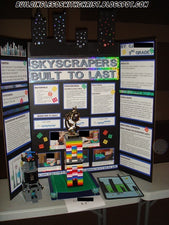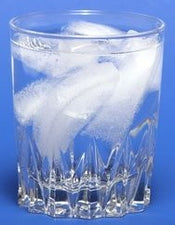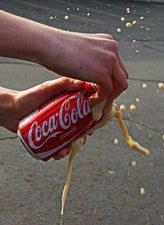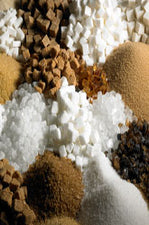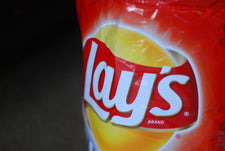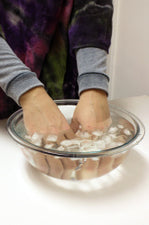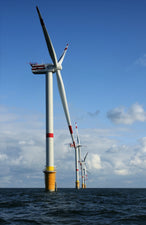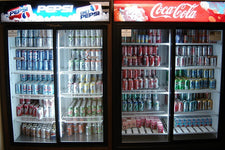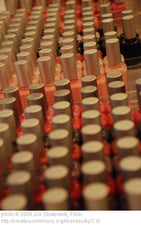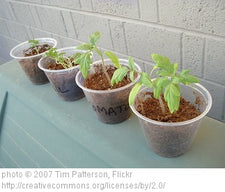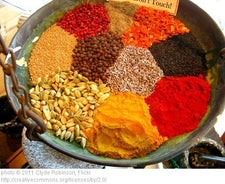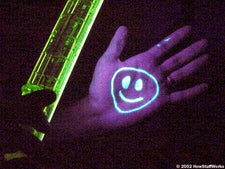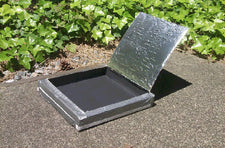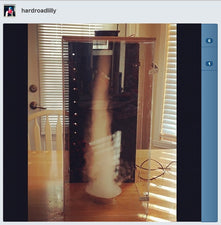Caffeine & Typing Speed

Ever sit down in the front of the computer the night before a big paper's due - a paper you've known about for three months - and wish the words would just appear on the screen? Ever toss back a can of soda in hopes that it will keep you awake and make you work faster? Dr. Anne Marie Helmenstein of About.com wondered if ingesting caffeine would improve a person's typing speed - simply would knocking back a can of soda help a person type faster - so she designed an experiment to find out. Students interested in chemistry, especially how chemicals affect the body, will love this experiment!
Project Overview
To determine if caffeine affects typing speed, students will first need to enlist the help of several volunteers. Each volunteer will need to be proficient in typing and, for best results, will need to be available for a full 124 minute testing period.
Testing
- Invite the volunteer to drink either the caffeinated or non-caffeinated beverage. It is best if you can find two drinks that taste similar so that participants do not know if they are ingesting the chemical. In this way, you can create a single-blind experiment where volunteers are not biased or perform differently because they know they have caffeine in their system (or vice versa). Once the entire 8-ounce beverage is ingested, wait 30 minutes.
- At the end of the 30 minute period, invite the participant to type the following sentence as many times as they can in two minutes - "The quick brown fox jumped over the lazy dog."
- With the typing exercise over, have the volunteer ingest the second beverage (e.g. if they started with the caffeinated beverage have them drink the non-caffeinated and vice versa). Once again, wait 30 minutes once they've emptied the cup.
- During this 30 minutes and with the volunteer in another room, use the word processing software tool to determine and record word count for the first test, then save the document and open a new one for the next test. [NOTE: Be sure to label the documents correctly for future reference - i.e. Test-Subject-Name-Caffeine or Test-Subject-Name-No-Caffeine.]
- Once the second 30 minutes have passed, have the participant complete the same typing exercise.
After testing, the volunteer's typing speed for each session can be calculated by dividing the word count by 2 to get words per minute.
For more information about the project, pertinent calculations, conclusions, and things to take into consideration when testing, be sure to visit the full post at About.com!
